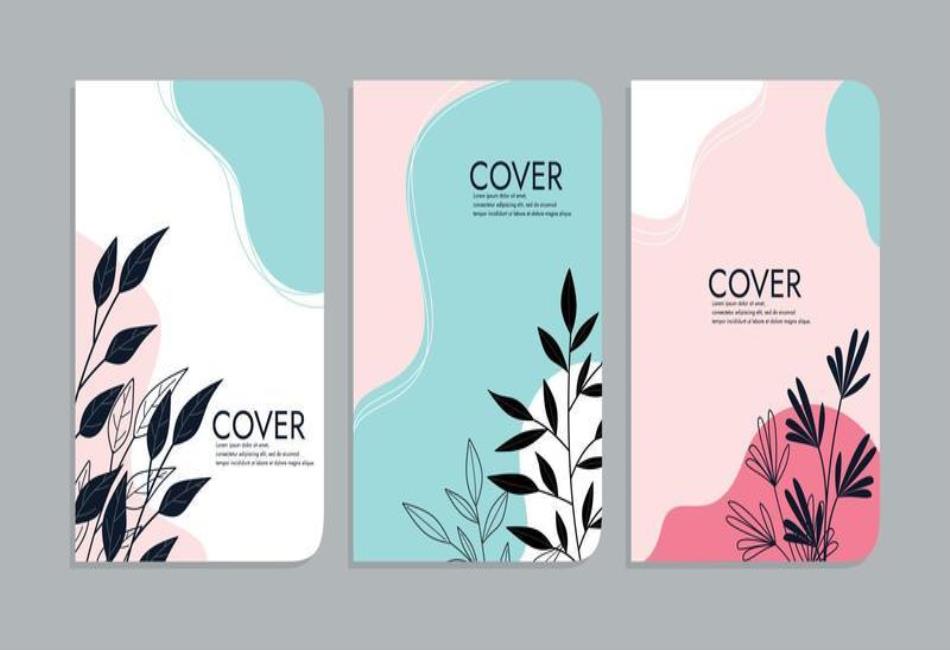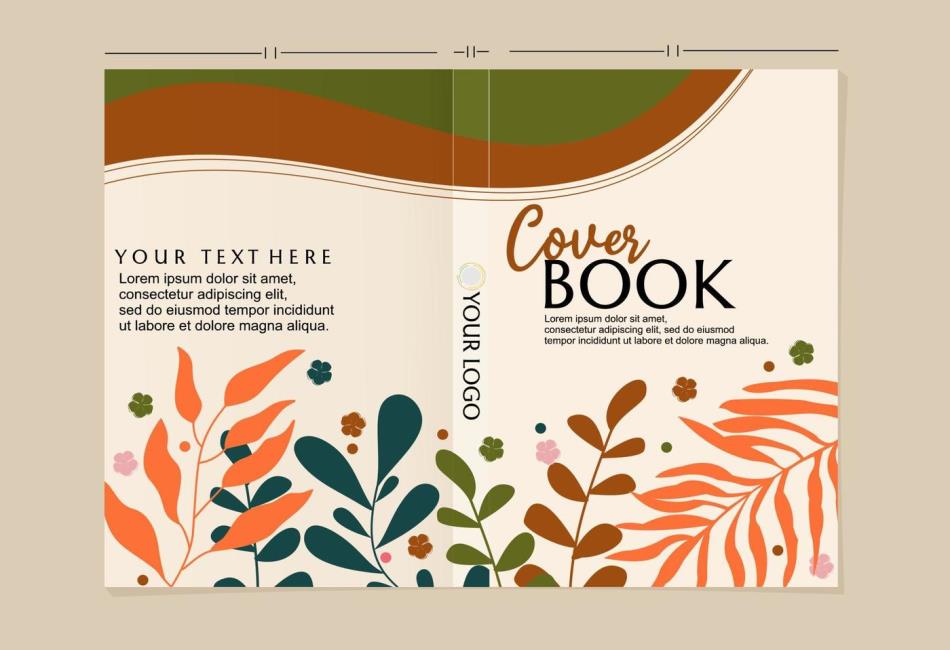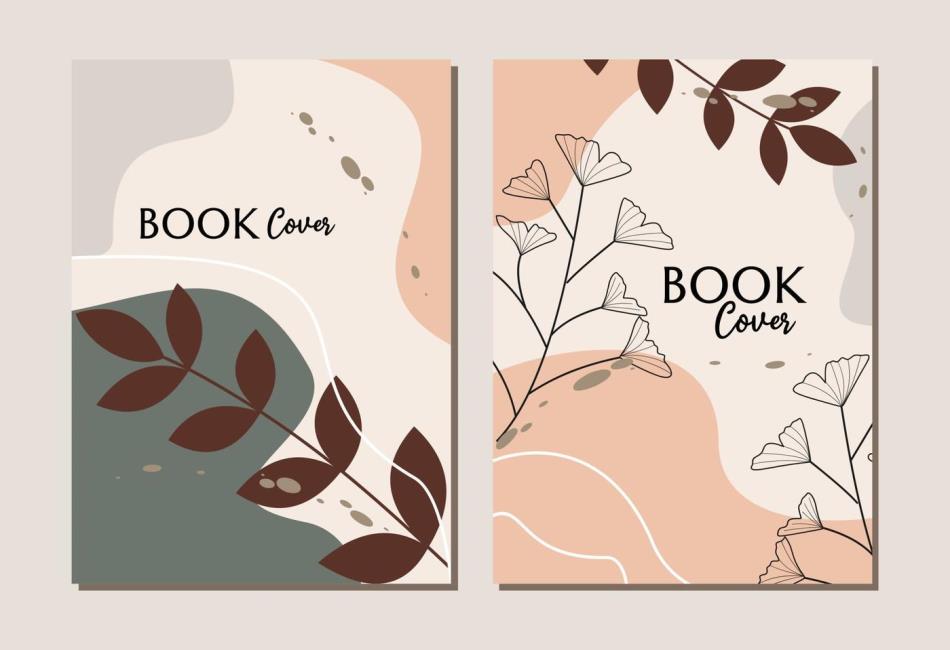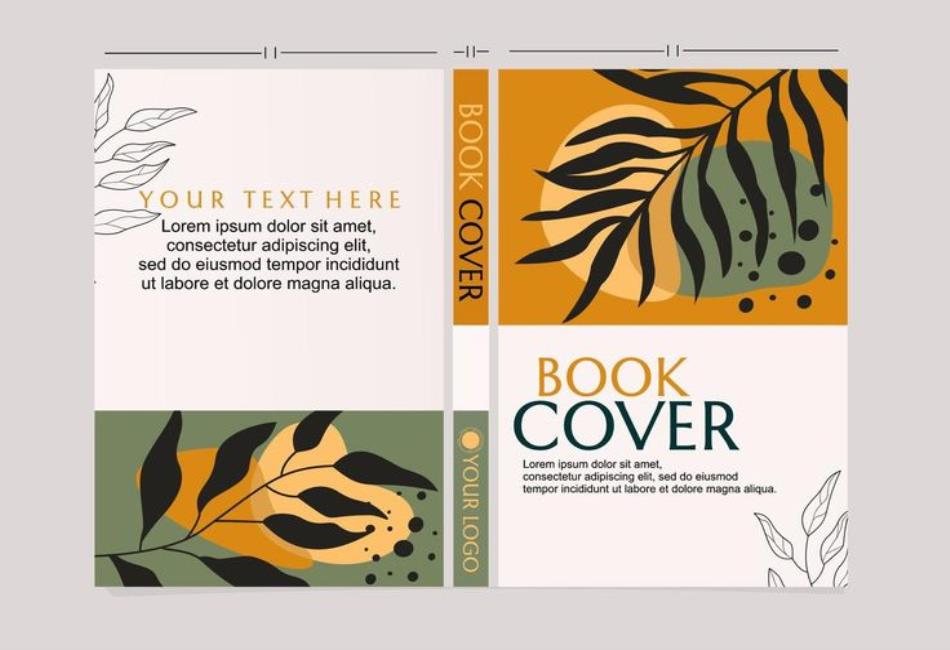A book cover drawing is more than just a pretty picture—it draws a reader into a story, becomes a visual talisman for the world inside, and frequently offers the all-important first impression. Whether you’re an author, illustrator, student, or hobbyist, learning how to design an attention-grabbing book cover drawing is a valuable skill that can elevate your creative work.
This guide will explore everything you need to know—from creative ideas and techniques to comic book cover drawing styles, beginner steps, and how to decorate your drawing book cover. We’ll even answer some of the most common FAQs to get you inspired and on track.
Why Book Cover Drawing Matters
We live in a visual world. Whether a book is online or on physical shelves, its cover serves as the face of its story. A great book cover illustration doesn’t just catch the eye—it sets the tone, indicates the genre, and sometimes even hints at key elements of the plot.
Think about it: what makes you stop and pick up a book? Usually, it’s the cover art. That’s the strength of a compelling book cover drawing.
Tips for a Great Book Cover Drawing
Strong Concept
All good book cover art starts with a great idea. What is the heart of your story? Is it romantic, mysterious, thrilling, or epic? Translate that core message visually. For example, the cover of 13 Reasons Why uses cassettes as a powerful symbol.
Composition and Balance
A balanced layout is critical. Avoid both clutter and space. Choose a focus—maybe the protagonist, a central object, or a dramatic scene.
Color and Mood
Colors evoke emotions. Use:
- Dark tones for thrillers and horror
- Pastels for romance
- Bright primaries for children’s books
- Metallic or neon accents for science fiction
Typography Awareness
Even if you’re not adding text yourself, plan where the title and author name will go. Make sure your drawing supports—not competes with—those elements.
Book Cover Drawing Ideas by Genre
GenreDrawing Ideas
Fantasy Dragons, castles, enchanted forests, glowing runes, magical creatures
Mystery/Thriller Dark alleyways, foggy streets, shadows, silhouettes, red-black color schemes
Romance Couples, hearts, floral motifs, soft lines, warm color tones
Science Fiction Spaceships, galaxies, high-tech cityscapes, blue and silver palettes
Comic Book Frantic action, bold lines, exaggerated poses, speech bubbles
Children’s Books Cute animals, magical lands, simple shapes, vibrant and friendly colors

How to Draw a Book Cover – Step-by-Step
- Understand the Story – Read the book or get a summary. Pinpoint symbols, settings, and mood.
- Research Genre Trends – Analyze similar covers. Note what grabs attention and what feels generic.
- Sketch Thumbnails – Create 3–5 mini-sketches exploring composition and layout.
- Choose Tools – Traditional (pencil, ink, watercolor) or digital (Procreate, Photoshop, Clip Studio Paint).
- Finalize Line Art – Clean your lines, add detail carefully.
- Add Color/Texture – Use shading and textures to add depth and atmosphere.
- Reserve Space for Text – Keep a clean spot for the title and author.
Book Cover Drawing for Students & Hobbyists
Personalizing your sketchbook or school book cover is a great creative outlet. Try:
- Mandala/Zentangle patterns
- Nature themes (mountains, oceans)
- Anime or pop culture characters
- Motivational quotes
- Abstract doodles
Want something tactile? Use cutouts, washi tape, stickers, or fabric scraps for a fun mixed-media look.
Comic Book Cover Drawing Style
Comic book covers are all about drama, action, and dynamic energy. Incorporate:
- Bold, thick lines
- Explosive poses
- Comic typography
- Speech bubbles
- Characters mid-action
It’s about visually freezing an exciting moment that teases the story inside.

Drawing Book Cover Ideas
When brainstorming, ask: What emotion should this cover evoke? Use that to guide your design. Whether it’s suspense, joy, curiosity, or wonder, your illustration should reflect that.
Try:
- Portraits of characters with moody backgrounds
- Symbolic objects (e.g., a single red rose for a tragedy)
- Key scenes from the story
- Surreal or collage elements for something bold
Example: 13 Reasons Why Book Cover Drawing Inspiration
Key elements for a 13 Reasons Why cover drawing:
- Cassette tapes (central to the plot)
- Hannah’s silhouette with headphones
- Background of school lockers
- Somber colors: purples, grays, muted blues
- Optional chalkboard effect for dramatic tone
Digital Tools for Book Cover Drawing
ToolBest For
Procreate iPad drawing with intuitive touch controls
Adobe Photoshop Professional editing and digital painting
Clip Studio Paint Comic book-style art, thick line styles
Canva Drag-and-drop layouts for text integration
Krita (Free) Free open-source digital painting tool

FAQs About Book Cover Drawing
Q1: How do you draw a book cover?
Start by understanding the story. Sketch thumbnails, then finalize your design with details, color, and space for text.
Q2: What are good book cover drawing ideas?
Depict key scenes, main characters, symbolic items, or go abstract. Tailor the style to the genre.
Q3: How can I design a drawing book cover for school or personal use?
Use fun visuals like cartoon characters, mandalas, geometric shapes, or personalized quotes.
Q4: What is a book cover design drawing?
It’s the art of combining illustration and layout to reflect a book’s tone, genre, and message while appealing to readers.
Q5: Can I draw my own comic book cover?
Yes! Use bold lines, dramatic poses, action, and visual storytelling to craft an eye-catching comic-style cover.
Q6: How to design a drawing book cover for print or school?
Keep it clean and durable. Use clear visuals, laminate if needed, and integrate personal themes or aspirations.
Q7: 13 Reasons Why Book Cover Ideas?
Cassette tapes, lockers, Hannah’s silhouette, and muted colors to reflect the story’s somber tone.
Q8: How do I draw a book cover from scratch?
Start with story analysis, thumbnail sketching, focal point selection, final detailing, and digital refinement.
Q9: Can I make a book cover without Adobe Illustrator?
Absolutely! Use pencils, markers, watercolor, or free apps like GIMP and Canva for digital enhancements.
Q10: How can I decorate my drawing book creatively?
Use vibrant doodles, mandalas, quotes, fabric scraps, magazine cutouts, or stickers to personalize it.
Conclusion: Drawing the First Impression
A book cover drawing is more than decoration — it’s a visual handshake between your story and the reader. Whether you’re designing for fun, class, or publication, your artwork should intrigue, captivate, and emotionally connect.
With the right concept, layout, and attention to genre, you can create a book cover drawing that makes readers stop, stare — and want to dive in.




